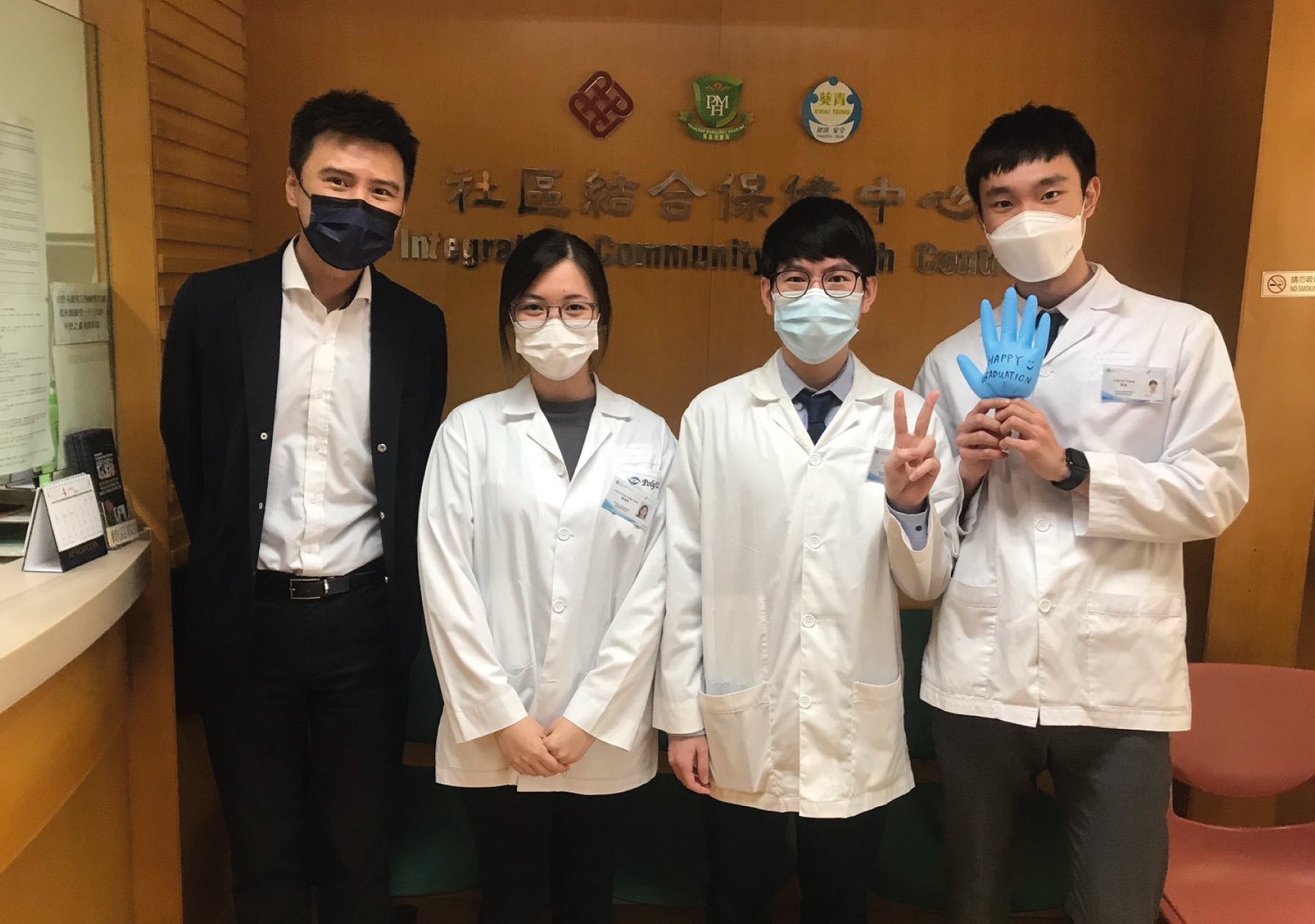Sight is one of the most important senses that we use and need in daily living. My team used Anterior Segment optical coherence tomography (the AS-OCT) during our clinical placement and realised the resolution of captured images can really affect clinicians' judgment and diagnosis. Agent injection was used to improve the contrast of the intraocular structures but we wanted to develop a non-invasive technique that is patient-friendly. Knowing that dA has been applied in OCT images of the posterior pole which is the back of the eye, we decided to use the same method for OCT images of the anterior part of the eye and enhance the image.

Ms. CHAN Hiu Tung Toby
BSc (Hons) Optometry
Faculty of Health and Social Sciences
The pursuit of knowledge is a lifelong journey! To further expand your knowledge and continue your personal and professional growth. Click and explore the following learning resources:
Anterior Segment Optical Coherence Tomography
Digital Technology in Medicine
Research and Information Literacy
Critical Thinking and Problem-solving
Project Management and Teamwork
Continuous Improvement and Learning from Mistakes
Communication and Presentation Skills